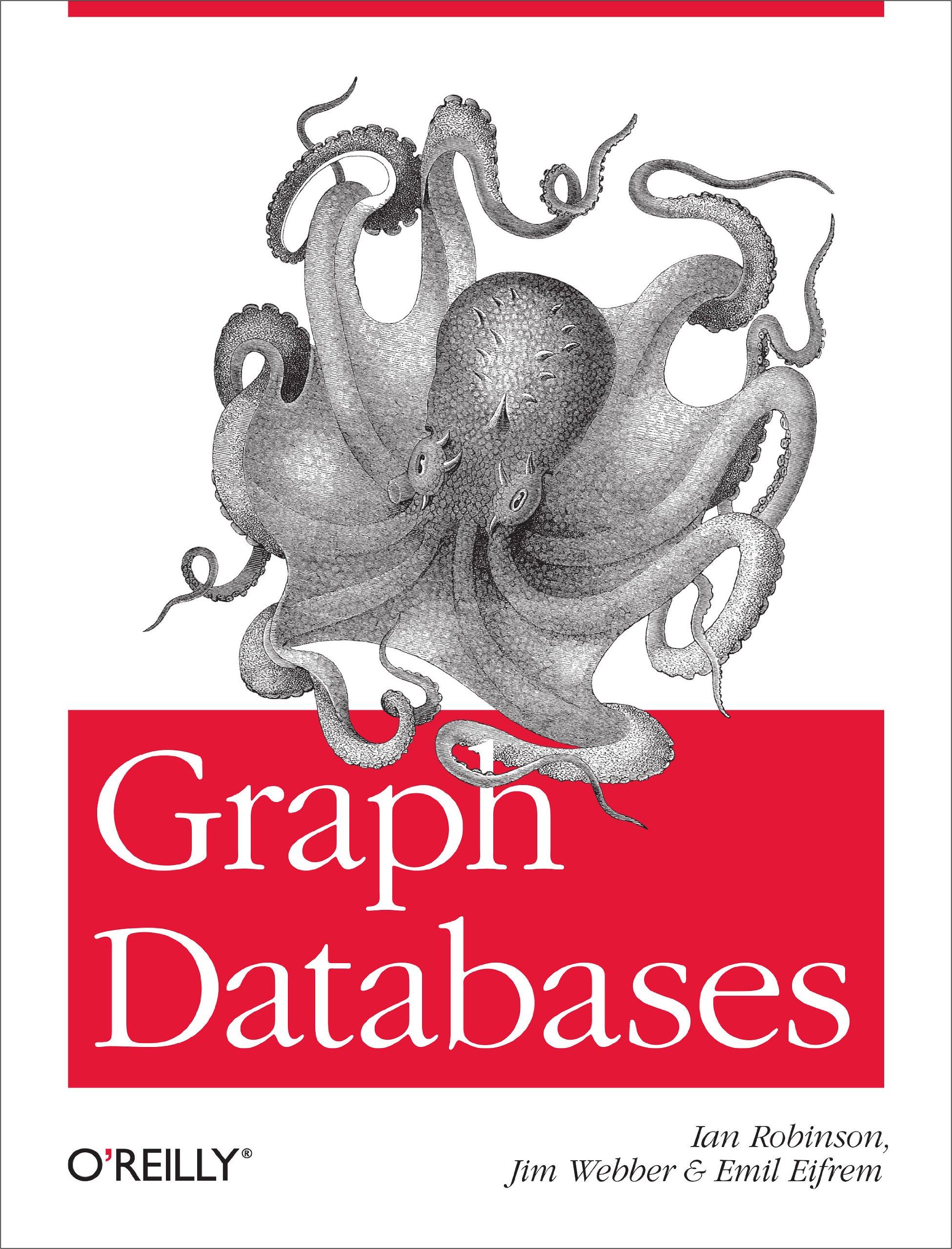Question
class _Node: def __init__(self, element, next): self._element = element self._next = next class LinkedList: def __init__(self): self._head = None self._size = 0 def __len__(self): #Returns
class _Node:
def __init__(self, element, next):
self._element = element
self._next = next
class LinkedList:
def __init__(self):
self._head = None
self._size = 0
def __len__(self): #Returns the number of elements in Linked List
return self._size
def insert_at_head(self, element):
""" Insert element at Head. """
#See slide#38 Week-4-2050.pdf on HuskyCT. All the steps are done in two lines here
self._head = _Node(element, self._head)
self._size +=1
def remove_from_head(self):
""" Delete element from Head. """
if len(self) == 0:
raise Exception("Attempt to remove from empty linked list")
else:
read_element = self._head._element #Reading element before detaching/deleting it from LL.
#See slide#41 Week-4-2050.pdf on HuskyCT.
#Updating the "next node of current head of LL" to be set as the new head of the updated LL.
self._head = self._head._next
self._size -= 1
return read_element
def __str__(self):
""" Overriding builtin __str__ method for demonstration. """
if len(self) == 0:
return ''
list_of_strings = []
self._str(self._head, list_of_strings)
return ''.join(list_of_strings)
# leading underscore - this is private!
# attributes within this class, like __str__, can call it, but users should not
# this is called a "helper" function
def _str(self, node, list_of_strings):
if node._next is None: # base case: tail node
list_of_strings.append(str(node._element)) # add this item to the list of strings
return # start bouncing back up chain of recursive calls
else: # non-base case: recursively call on next node
self._str(node._next, list_of_strings) # recursively call on next node
# Now that we have hit the tail, and are bouncing back up.
# add this item to "list_of_strings", then return
list_of_strings.insert(0, str(node._element) + "-") # pre-pend "item-" to list of strings
####################################################################
# Lab Task 1: Override built-in method "in"
# write __contains__ method and recursively call _contains helper method to
# check all the elements in the linked list
def __contains__(self,element):
pass #your logic goes here
def _contains(self, node, element):
pass #your logic goes here
# Lab Task 2: add element at the tail by traversing the list recursively to
# determine the tail element and then add the new node
def insert_at_tail(self, element):
pass #your logic goes here
def _add_at_tail(self, node, element):
pass #your logic goes here
####################################################################
if __name__ == '__main__':
n = _Node(1, None)
assert n._element == 1
assert n._next is None
print("Node tests pass")
# Test LL - add_first/len/remove_first
LL = LinkedList()
for i in range(4):
assert len(LL) == i
LL.insert_at_head(i)
for i in range(4):
assert LL.remove_from_head() == 3-i
assert len(LL) == 3-i
# # Test LL - str
for i in range(4):
LL.insert_at_head(i)
assert str(LL) == "3-2-1-0"
print("starter LL tests pass!")
####################################################################
#Testing Lab task 1
LL = LinkedList()
for i in range(4):
LL.insert_at_head(i)
assert 3 in LL
assert not 4 in LL
print("in tests work!")
#Testing Lab task 2 and 1 together
LL = LinkedList()
for i in range(4):
LL.insert_at_tail(i)
assert str(LL) == "0-1-2-3"
assert 3 in LL
assert not 4 in LL
for i in range(4):
assert LL.remove_from_head() == i
print("remove_from_head tests work!")
####################################################################
Step by Step Solution
There are 3 Steps involved in it
Step: 1

Get Instant Access to Expert-Tailored Solutions
See step-by-step solutions with expert insights and AI powered tools for academic success
Step: 2

Step: 3

Ace Your Homework with AI
Get the answers you need in no time with our AI-driven, step-by-step assistance
Get Started


